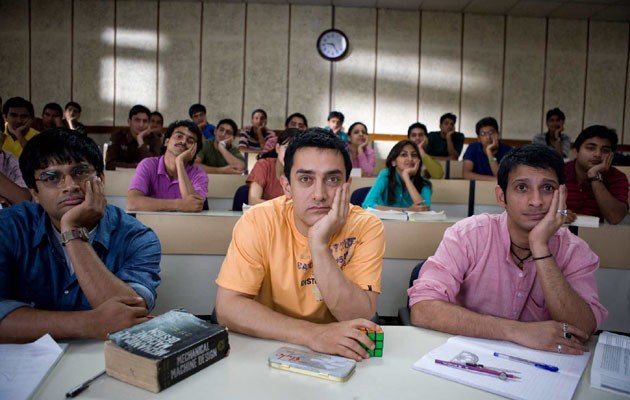Language used in schools can pose a serious threat to the achievement of education of children. Despite efforts to make the quality of education better, the problems that follow with language barrier is continuously ignored and the drop-out rates continue to increase. Eventually there is a fall-down in our expectations of children’s learning levels because the language used for delivering curriculum in classes decides a lot about a child’s success.

This problem is vivid in linguistically diverse countries like India. With the English medium schools proliferating at an increasing rate and becoming more popular than the regional language medium schools, we can witness a shift in the identified social constructs. But most importantly, it is the children who are suffering. Thousands of children are migrating to different places for education or due to familial obligations. These same children face difficulties when they try to fit in to classrooms where the teachers might not speak the same language as the students. Not only children get bored eventually, but they have also been reported to have alienation issues. Children, who start adapting to a second language before they can have expertise over their first language, have problems with expression of ideas and concepts. And this can result in a long-term negative effect on their academic performance. Another important factor is the emotional stress a child goes through in order to fit in. In fear of being ridiculed by peers or the fear of inability to say the right thing at the right place drives children away from interactions. This may lead to social anxiety issues and may even cause depression. Even parents of the affected students might hesitate to discuss such issues with the school authorities due to their lack of hold in the language. Sometimes parents either shy away or they are simply unaware of the difficulties their children are facing. This creates a parent-teacher gap which further affects a child’s growth. These kids remain highly undervalued and their full potential is not recognized which deprives them from opportunities that meet their potential. Sometimes even teachers treat such students in a different manner due to the communication gap or inability to relate or even discrimination. Such instances invoke intimidation among children and the gap is never so wider. Their self-confidence is beaten down and they withdraw into a shell. They will also show signs of disinterest in curriculum as they feel demotivated. Classroom interactions become uncomfortable and they prefer dropping out.
The first and foremost help in this case must come from parents. Letting go of any hesitation or excuses, parents must ensure their children are receiving the adequate attention. They must take the initiative to interact with class teachers to get a routine feedback of how their children are coping up. Children can be timid about their problems and opening up about their problems can be a real dilemma to them. In such cases, both inside and outside help are required. Teachers must arrange a workshop that holds an interactive session about how the problem of language barrier could be dealt with. Classrooms with diversity could adapt a project-based learning where students with language problems could find interest in the curriculum through involvement in interesting projects. Teachers must also be trained properly to handle such students with care. Also, they could find an effective methodology to make sure their approaches work efficiently. Because Sustainable Development Goals (SDGs) ensure education for all and to attend that, we as citizens should be sensitive to prevailing and arising problems.



























